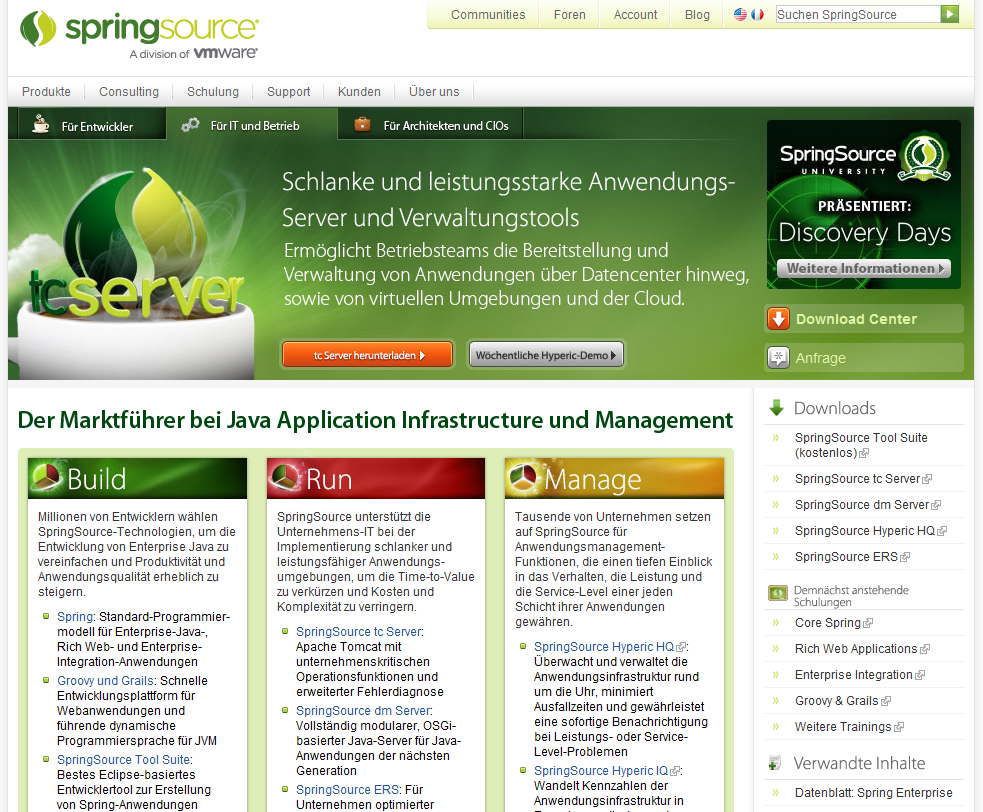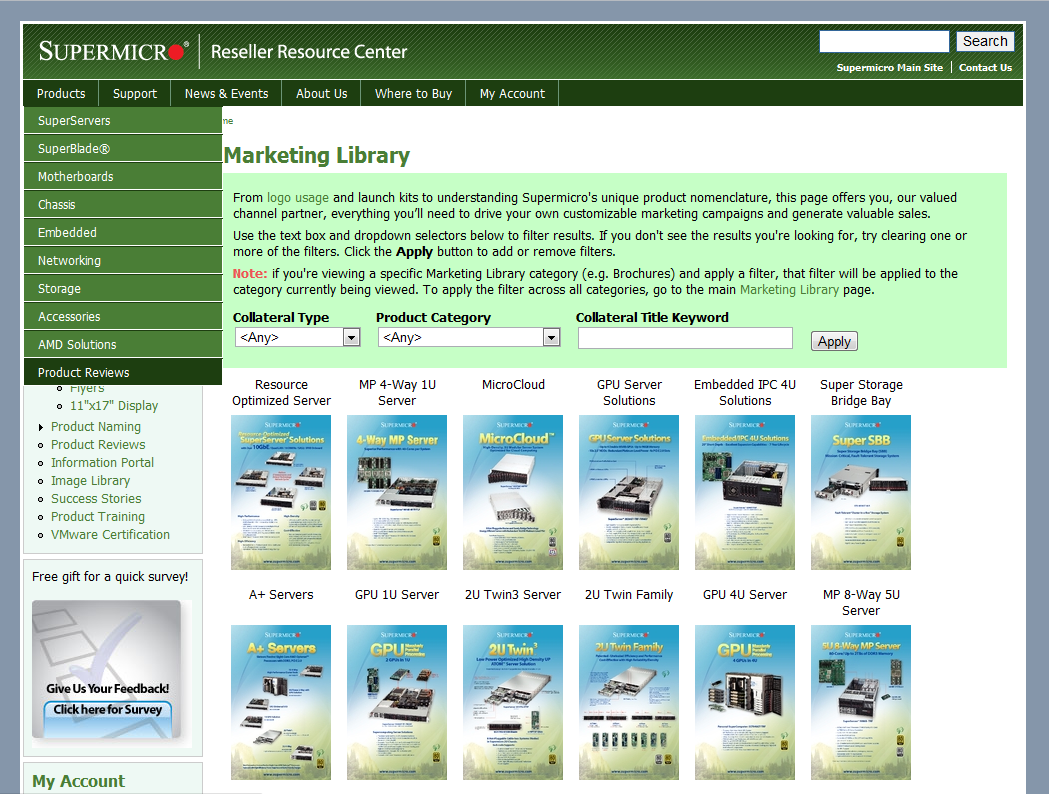Often times a given website isn't always the only source of data. You may be authenticating users against an external database, importing data from another site, and exporting data to a CRM and/or web tracking tool. You may also wish to share code, themes, and database tables among multiple sites. We've seen several permutations of utilizing external data and sharing resources among sites.
Authenticating Users Against an External Database
Often times an organization will only want to maintain one set of user authentication information (e.g. user names and passwords). With a little Drupal know-how, authenticating against an external database can be accomplished. Drupal may also be configured for use with several types of single sign-on mechanisms.
Communicating with the "Cloud"
Drupal supports importing data either directly from popular sites like Twitter and Facebook, using RSS-based feeds, RESTful Services, online storage services like Amazon S3, and many other methods. Drupal can also provide data for external resources to consume via RSS feeds, RESTful Web Services, Javascript, and others means. We have yet to see a popular method of importing and exporting data not supported with a Drupal contributed module or external API.
Use Drupal to Build and Synchronize with an iPhone or Android App
Many companies are looking to provide not just a website, but an iPhone or Android app to maximize their customer outreach (among other reasons). With the Drupalgap application development kit, you can build apps from your Drupal site and keep your website and apps in sync.
Configuring Drupal Multisites with Shared Code and Tables within a Database
One of the greatest things Drupal shares exceptionally well is...itself. This is particularly handy when you wish to create multiple sites, and share all or part of the code, the theme, and parts of the database. For example, suppose you have a newspaper that's published in multiple cities. You may wish to share some content between sites, such as the corporate contact information and user logins, but the bulk of content would be different for each city. Drupal is exceptionally well suited for such a scenario portions of the database could be shared, perhaps all of the code in this case, and parts/all of the theme. With Drupal you share what you want just as easily as keeping separate code bases.
Drupal is also wonderful when it comes to compartmentalizing information. For example, if you're organization has multiple departments, it's very straightforward to organize departments into groups whereby each group has one or more people responsible for moderating the content of that particular group, but not other groups or other areas of the site.
With Drupal, the possibilities are nearly endless when it comes to sharing code and data.

